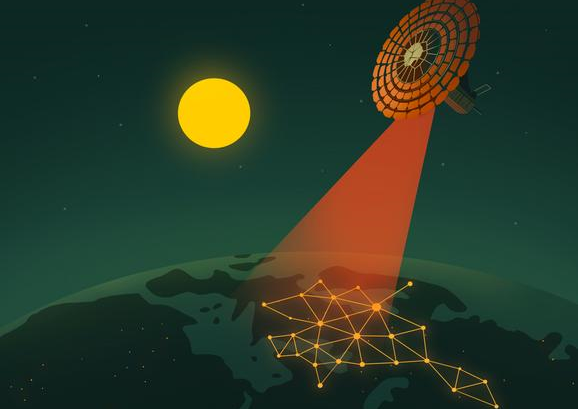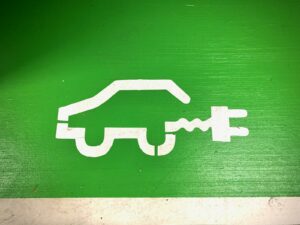New research suggests that harnessing solar energy from space could reduce the continent’s dependence on Earth-based wind and solar energy by up to 80%.
The concept, first proposed in 1968, involves placing large solar arrays in orbit to capture sunlight continuously, unaffected by nightfall or cloud cover.

Senior author and engineer Wei He of King’s College London explained: ‘In space, you potentially have the ability to position solar panels to always face the sun, which means power generation can be nearly continuous compared to the daily pattern on Earth. And, because it’s in space, the solar radiation is higher than on the Earth’s surface.’
The energy would be converted into microwaves and transmitted to receiving stations on Earth before being fed into the existing grid. Once considered impractical, SBSP is now being explored by space agencies and governments in China, India, Japan, Russia, the United States, and the UK.
Researchers modelled Europe’s 2050 energy grid using two NASA-designed systems: the Innovative Heliostat Swarm and the Mature Planar Array.
The heliostat swarm, though still in early development, has the potential to capture sunlight almost continuously, while the planar array is closer to readiness but would only capture solar energy around 60% of the time – still an improvement over Earth-based solar panels, which average 15%–30% efficiency.
The study found that the heliostat swarm could outperform conventional wind and solar by mid-century, reducing system costs by 7%–15%, offsetting most Earth-based renewables and cutting battery storage needs by more than 70%.
However, achieving this vision depends on rapid technological advances and cost reductions. To be viable, the heliostat swarm would need to fall to about 14 times the projected 2050 cost of terrestrial solar panels, while the planar design would need to reach nine times that cost.
He said: ‘At present, space-based solar power’s costs are 1–2 orders of magnitude above these break-even points.
The researchers believe it’s worth following up on the less efficient planar design, as well as the heliostat because its technological is closer to fruition, allowing the concept to be developed on a shorter timescale.
‘We recommend a coordinated development strategy that combines and leverages both technologies to achieve better performance. By first focusing on the more mature planar design, we can demonstrate and refine space-based solar power technologies while concurrently accelerating R&D for designs with more continuous power generation.’
The full research can be read here.
Image: Wei He
















Leave a Reply